3,442cc DOHC Inline 6-Cylinder Engine Twin SU carburetors 160bhp at 5,000rpm 4-Speed Manual Transmission Independent Front Suspension - Rear Semi-Elliptical Leaf Springs Front Disc Brakes – Rear Drum Brakes *Matching numbers example *The best looking XK120 model *Sensational look with elegant lines and rear wing spats *Eligible for numerous high-profile rallies and tours *Numerous drivability improvements including front discs The Jaguar XK120 At the 1948 Earls Court Motor Show, Jaguar astonished the public by announcing a new two-seater roadster, the 'XK120'. The XK120 heralded the arrival of Jaguar's famous 3.4-liter twin-overhead-camshaft XK engine, intended for the Mark VII saloon, then two years away. Its chassis was essentially a shortened version of the simultaneously announced Mark V saloon, with torsion bar independent suspension. The XK120's performance and roadholding set new standards for British sports cars and, uniquely of the XK series, its name reflected the top speed. In May 1949, on the Jabbeke to Aeltre autoroute in Belgium, an example with its top and side screens in place recorded a speed of 126mph, and 132mph with the top and windscreen detached and an under-tray fitted. The car's instant success caught Jaguar by surprise. It was immediately obvious that the ash-framed alloy coachwork would have to go and the XK120 was re-engineered in steel after 240 cars had been completed. In 1951 the open two-seater model was joined by a fixed-head coupe version, and a drophead coupe followed in 1953. The XK120 was superseded by the XK140 in 1954 – though the 120 was to prove the most popular of the series. The Motorcar Offered The magnificent lines of the XK120 fixed head coupe are perhaps the ultimate expression of the 'grace, space, and pace' moniker that characterized Jaguar marketing of the period. This particular XK120's history was of obvious interest to former keepers, because in the days long before the "Heritage Certificate" was born, back in August 1974, then owner Mr. G Gray of Waverly, Virginia, wrote to Jaguar Cars in Coventry requesting details of its original specification. An Archive Information sheet from Jaguar dated August 20, 1974 confirms that this left-hand-drive XK120 was a US-export model, dispatched from the factory on November 14, 1952 and delivered to Southern California Jaguar distributor Charles Hornburg. Its first owner was recorded as a Mr. A.K. Ferris. The next period of the Coupe's life saw numerous mechanical as well as aesthetic enhancements as part of a comprehensive restoration by Jaguar specialists. Improved drivability and handling are provided via radial tires, an upgraded hydraulic system, aluminum radiator, electronic ignition, converted positive ground 12 volt battery, a Pertronix distributor, and a Davis-Craig in line water booster pump, among other improvements. The XK120's rear shocks were converted to telescoping shocks for a smoother ride, while a new wire harness was installed to keep its electrical system in reliable operation. Subsequently, the XK120's engine and transmission were rebuilt by Jaguar professionals at White Post Restorations. While the Coupe's engine was being rebuilt, many individual parts such as the carburetors and generator were completely overhauled as well. In addition, the 120's data plate matching cylinder head was completely rebuilt for improved performance, while the interior's walnut dash and trim were beautifully restored by expert craftsmen. The body and paint were done to very high standards and the results are quite spectacular today – the dark blue livery over grey upholstery, done using correct materials, perfectly complements the fixed head's flowing lines. Rear wing spats and Lucas driving lamps complement the sensational-looking factory steel wheels; it's the very essence of classic British motoring. Once restoration was complete, the XK120 was regularly shown at numerous regional car shows and Concours events, where it was the recip
3,442cc DOHC Inline 6-Cylinder Engine Twin SU carburetors 160bhp at 5,000rpm 4-Speed Manual Transmission Independent Front Suspension - Rear Semi-Elliptical Leaf Springs Front Disc Brakes – Rear Drum Brakes *Matching numbers example *The best looking XK120 model *Sensational look with elegant lines and rear wing spats *Eligible for numerous high-profile rallies and tours *Numerous drivability improvements including front discs The Jaguar XK120 At the 1948 Earls Court Motor Show, Jaguar astonished the public by announcing a new two-seater roadster, the 'XK120'. The XK120 heralded the arrival of Jaguar's famous 3.4-liter twin-overhead-camshaft XK engine, intended for the Mark VII saloon, then two years away. Its chassis was essentially a shortened version of the simultaneously announced Mark V saloon, with torsion bar independent suspension. The XK120's performance and roadholding set new standards for British sports cars and, uniquely of the XK series, its name reflected the top speed. In May 1949, on the Jabbeke to Aeltre autoroute in Belgium, an example with its top and side screens in place recorded a speed of 126mph, and 132mph with the top and windscreen detached and an under-tray fitted. The car's instant success caught Jaguar by surprise. It was immediately obvious that the ash-framed alloy coachwork would have to go and the XK120 was re-engineered in steel after 240 cars had been completed. In 1951 the open two-seater model was joined by a fixed-head coupe version, and a drophead coupe followed in 1953. The XK120 was superseded by the XK140 in 1954 – though the 120 was to prove the most popular of the series. The Motorcar Offered The magnificent lines of the XK120 fixed head coupe are perhaps the ultimate expression of the 'grace, space, and pace' moniker that characterized Jaguar marketing of the period. This particular XK120's history was of obvious interest to former keepers, because in the days long before the "Heritage Certificate" was born, back in August 1974, then owner Mr. G Gray of Waverly, Virginia, wrote to Jaguar Cars in Coventry requesting details of its original specification. An Archive Information sheet from Jaguar dated August 20, 1974 confirms that this left-hand-drive XK120 was a US-export model, dispatched from the factory on November 14, 1952 and delivered to Southern California Jaguar distributor Charles Hornburg. Its first owner was recorded as a Mr. A.K. Ferris. The next period of the Coupe's life saw numerous mechanical as well as aesthetic enhancements as part of a comprehensive restoration by Jaguar specialists. Improved drivability and handling are provided via radial tires, an upgraded hydraulic system, aluminum radiator, electronic ignition, converted positive ground 12 volt battery, a Pertronix distributor, and a Davis-Craig in line water booster pump, among other improvements. The XK120's rear shocks were converted to telescoping shocks for a smoother ride, while a new wire harness was installed to keep its electrical system in reliable operation. Subsequently, the XK120's engine and transmission were rebuilt by Jaguar professionals at White Post Restorations. While the Coupe's engine was being rebuilt, many individual parts such as the carburetors and generator were completely overhauled as well. In addition, the 120's data plate matching cylinder head was completely rebuilt for improved performance, while the interior's walnut dash and trim were beautifully restored by expert craftsmen. The body and paint were done to very high standards and the results are quite spectacular today – the dark blue livery over grey upholstery, done using correct materials, perfectly complements the fixed head's flowing lines. Rear wing spats and Lucas driving lamps complement the sensational-looking factory steel wheels; it's the very essence of classic British motoring. Once restoration was complete, the XK120 was regularly shown at numerous regional car shows and Concours events, where it was the recip



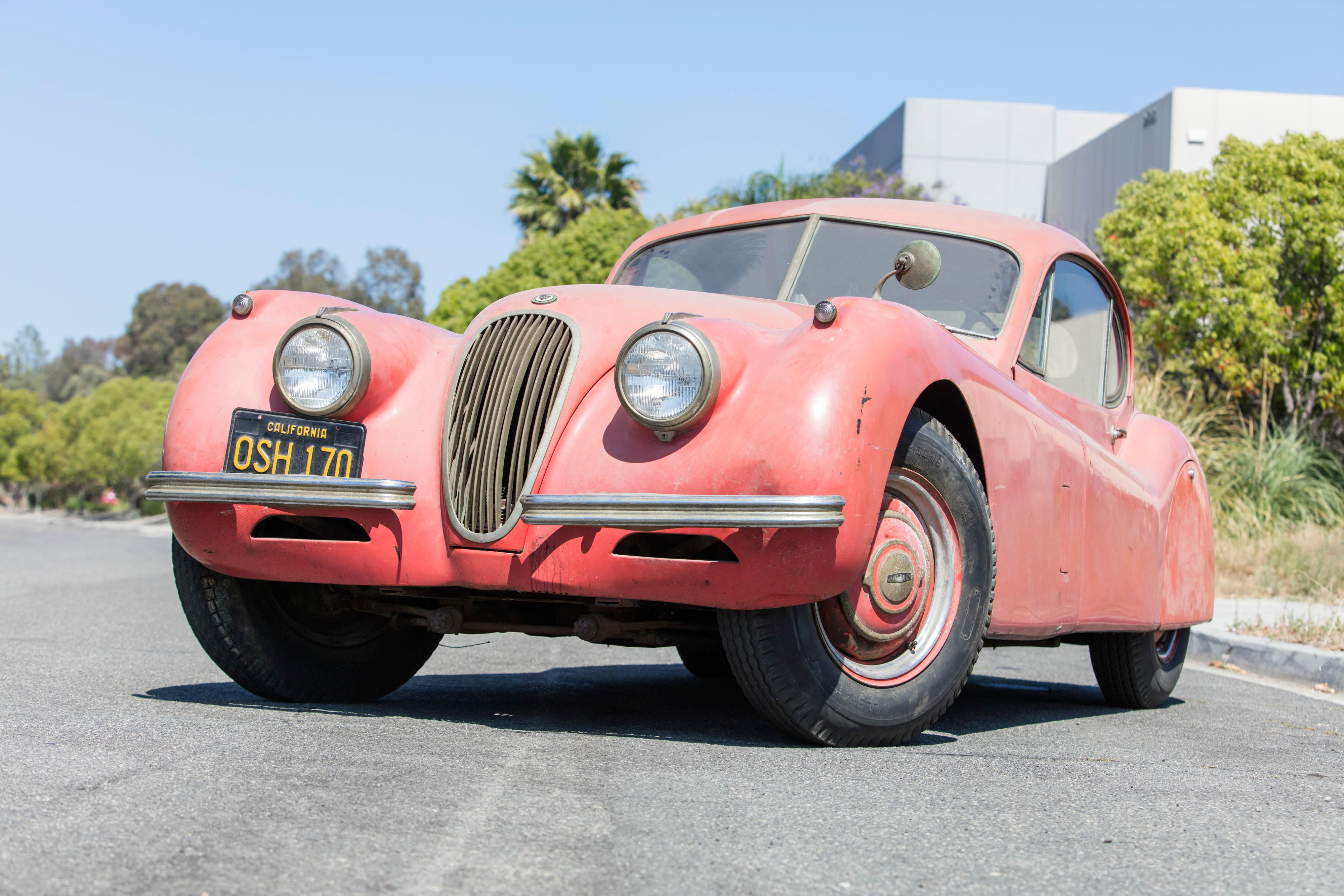
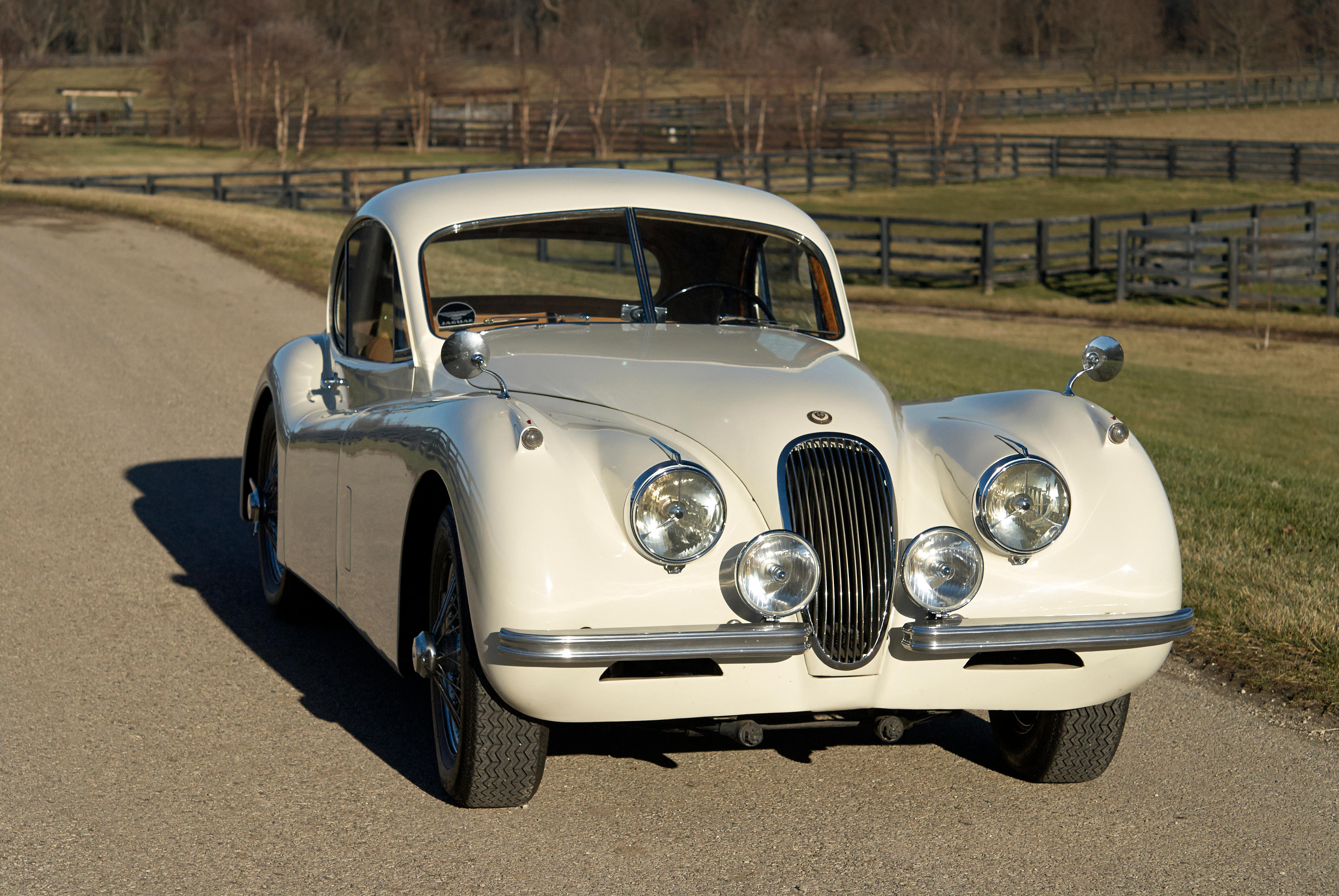
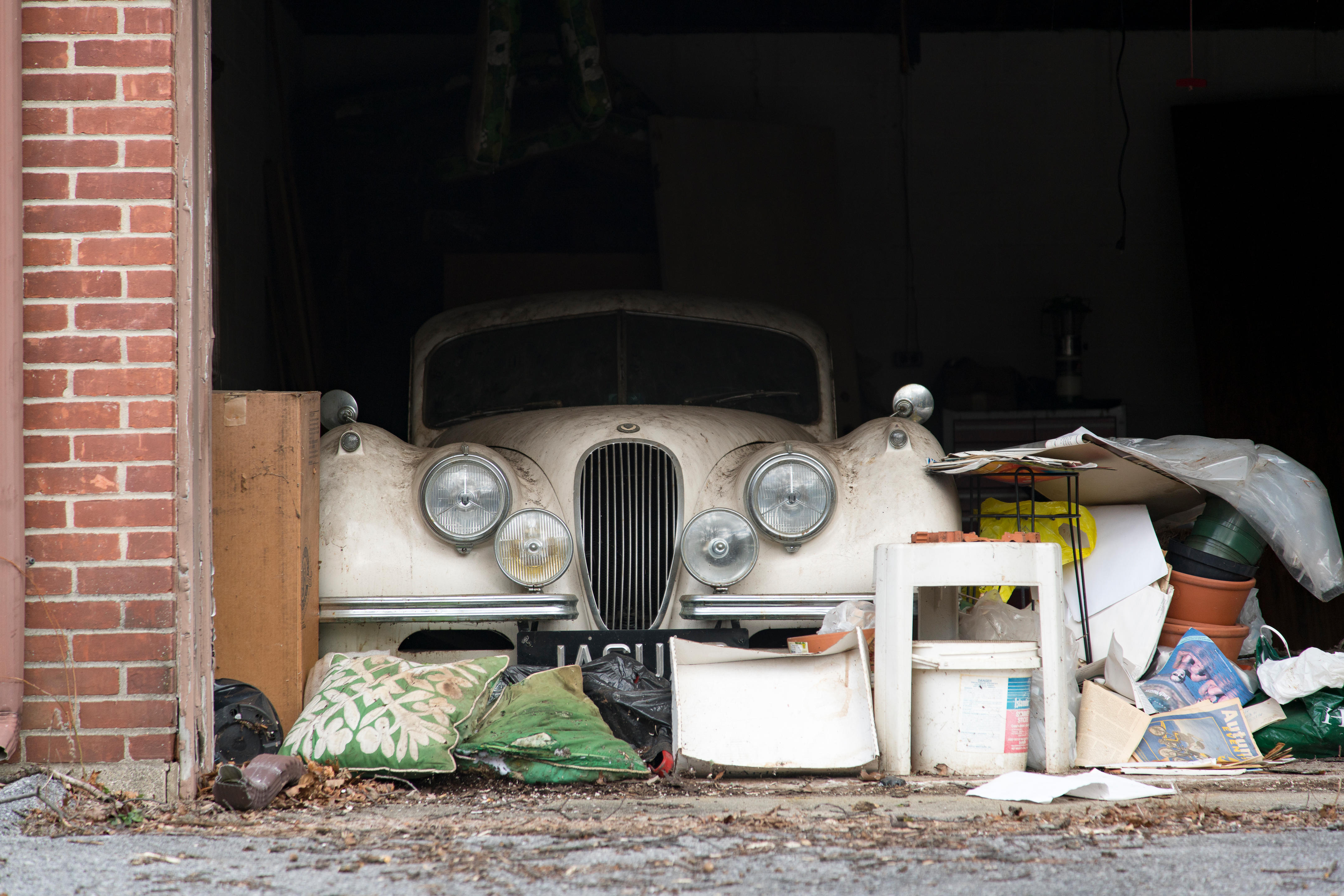
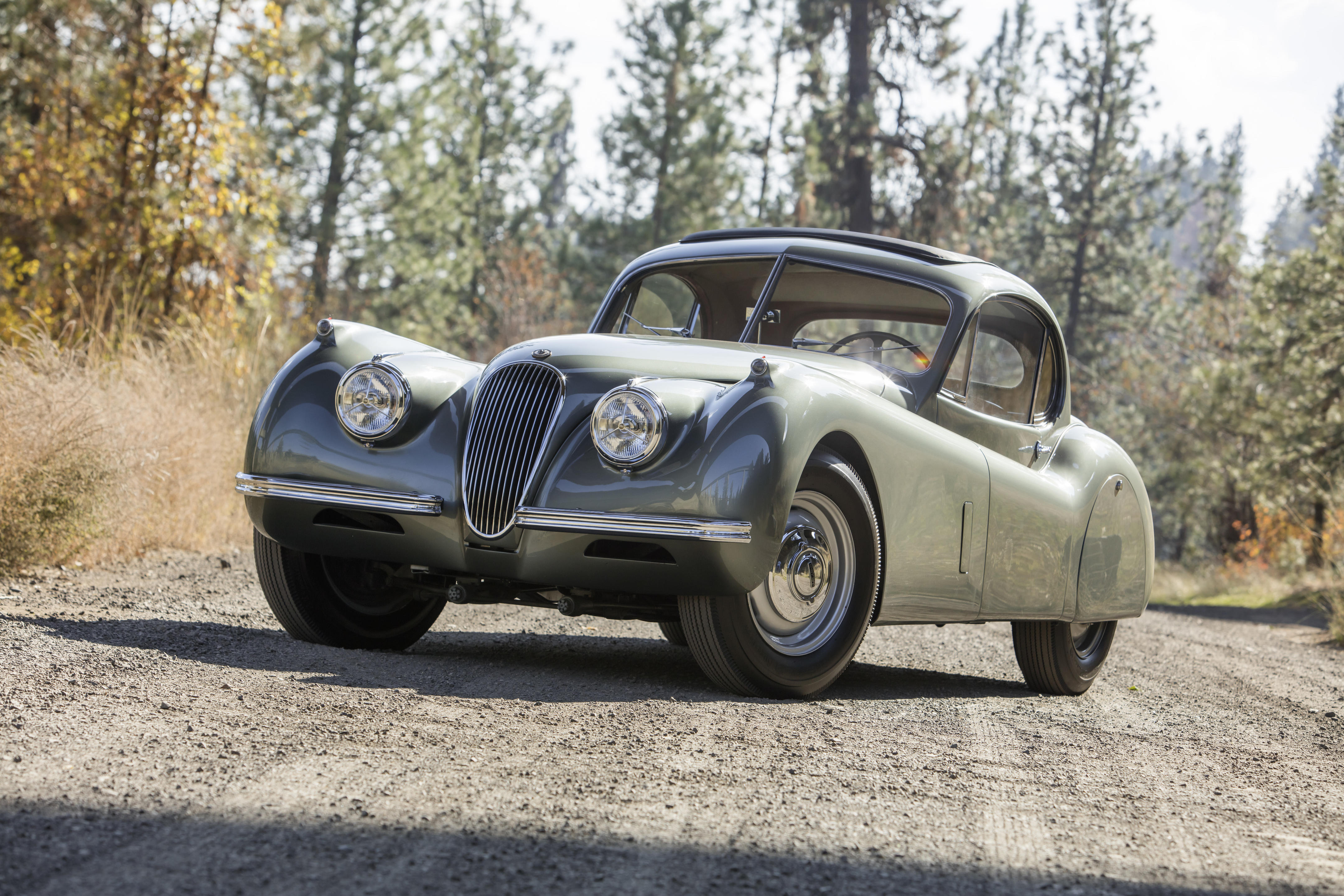
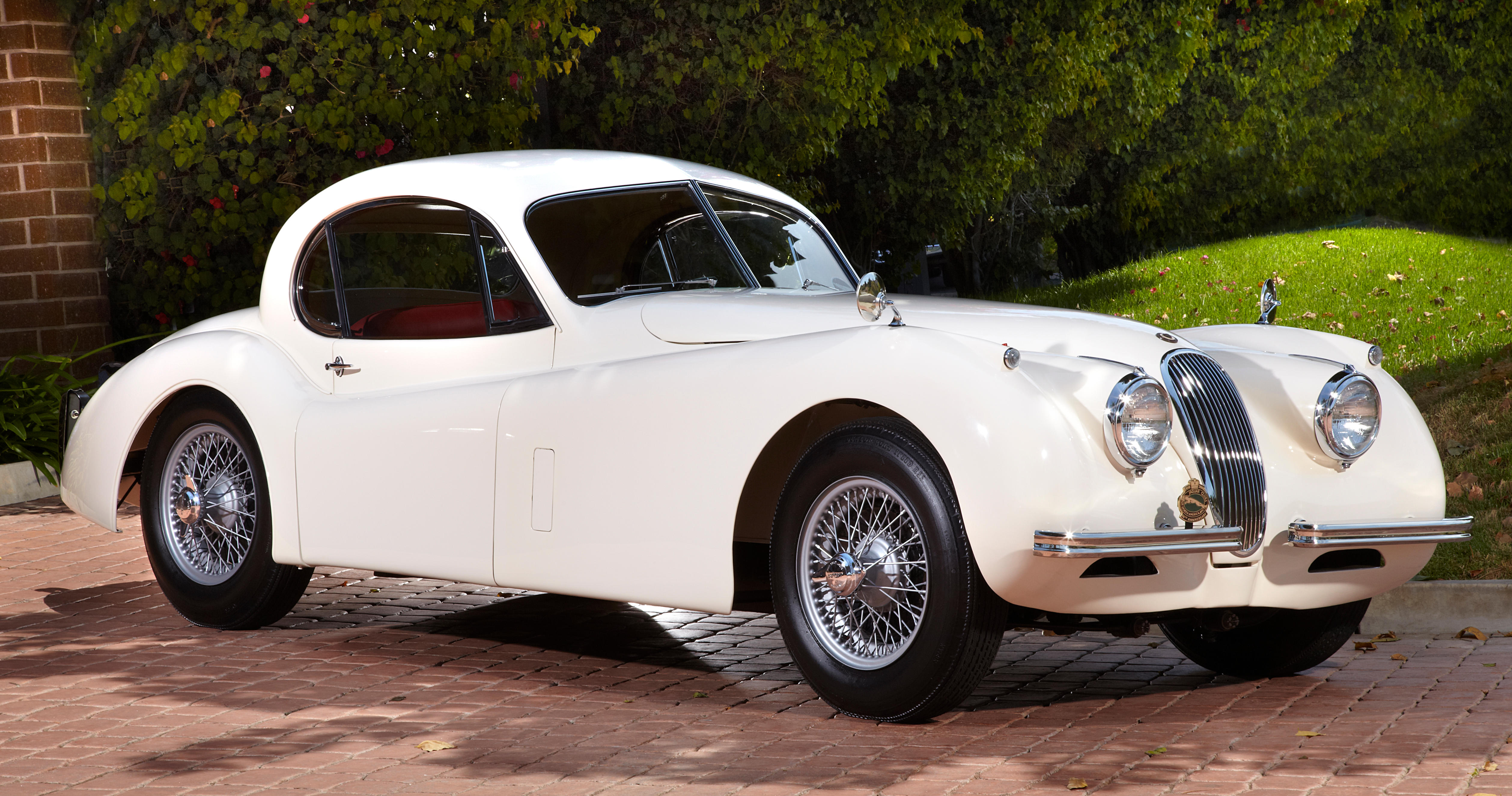


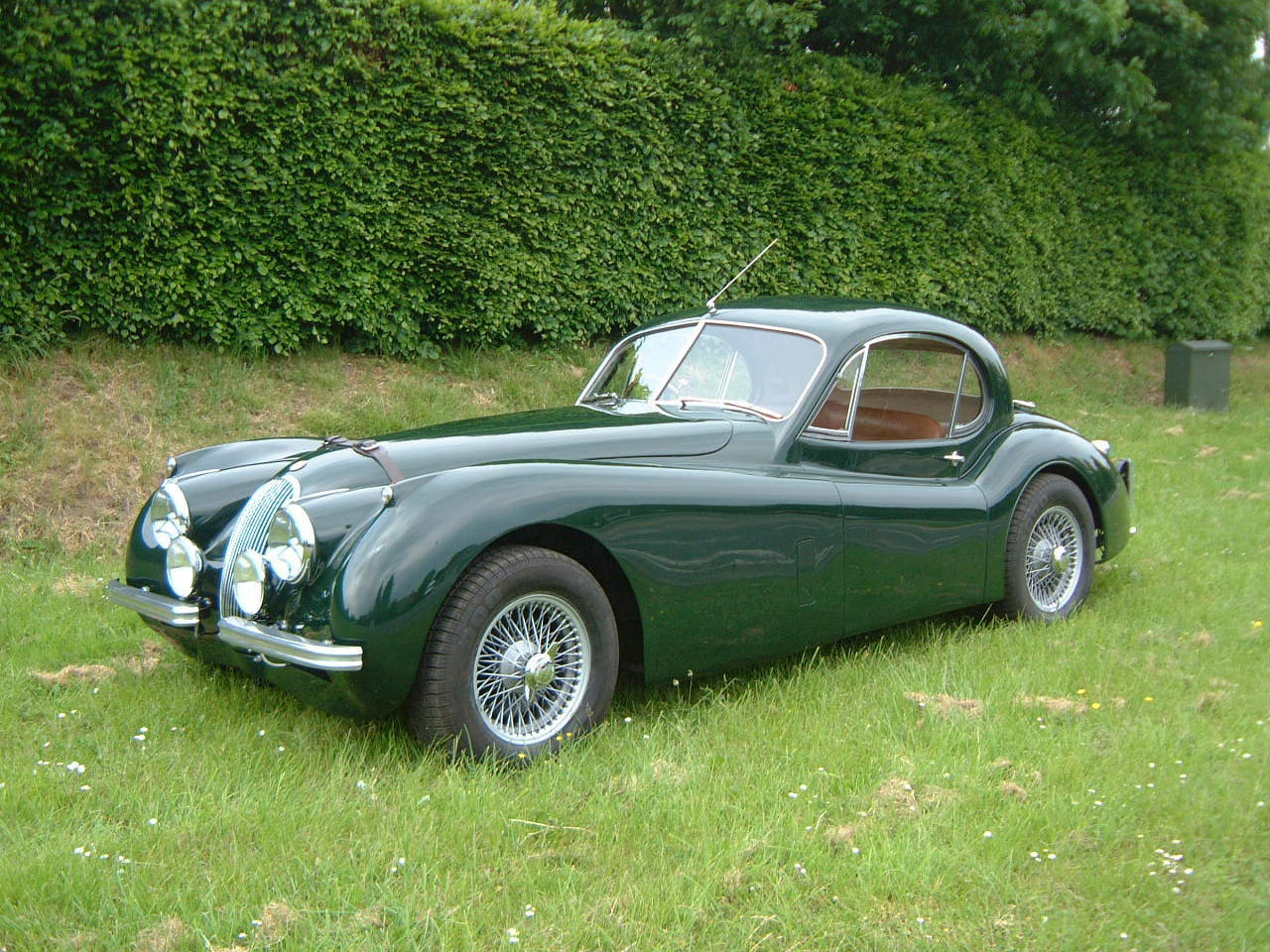
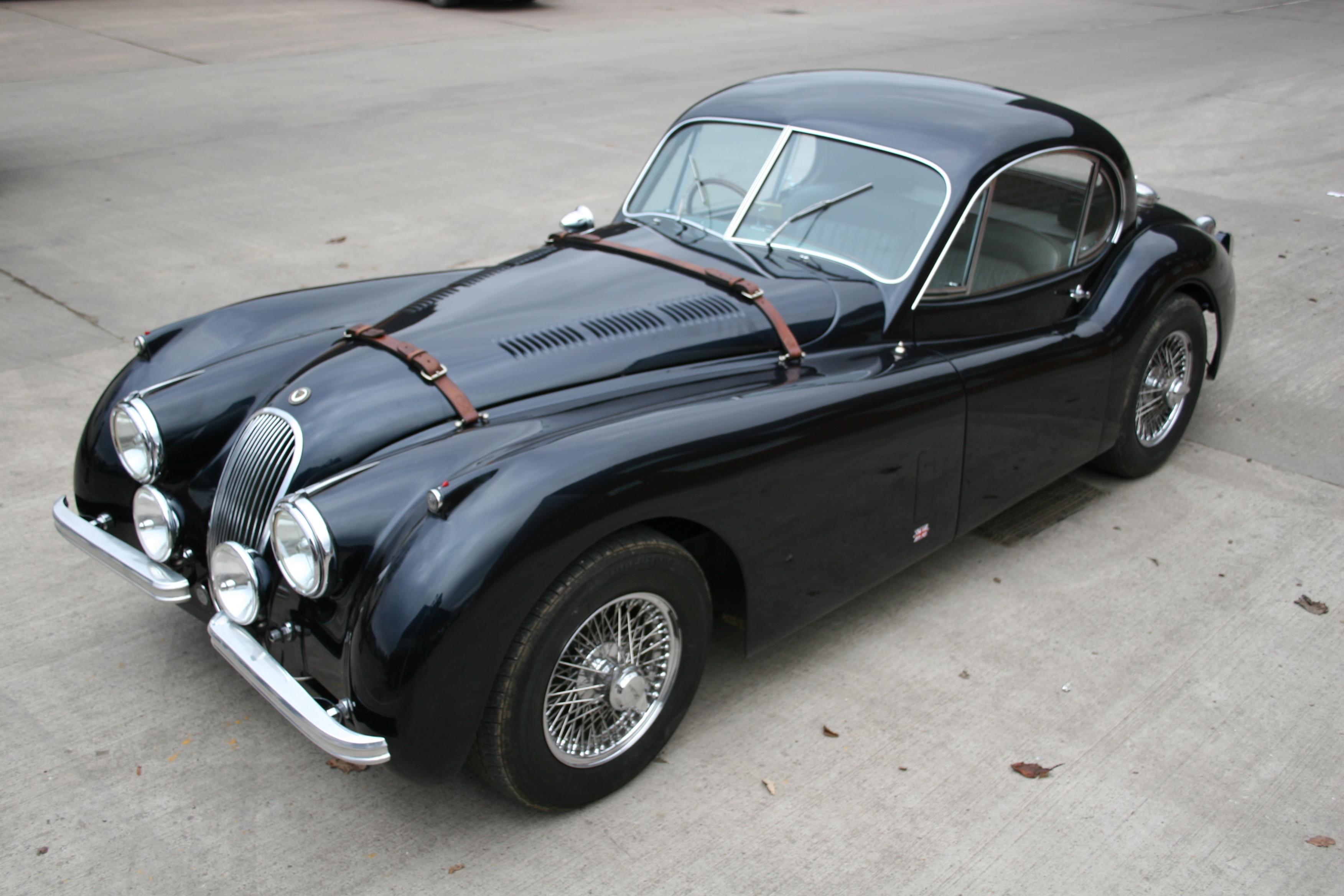



Testen Sie LotSearch und seine Premium-Features 7 Tage - ohne Kosten!
Lassen Sie sich automatisch über neue Objekte in kommenden Auktionen benachrichtigen.
Suchauftrag anlegen